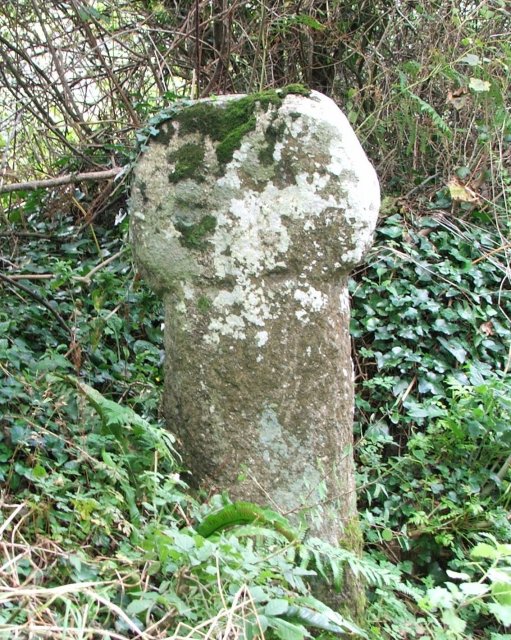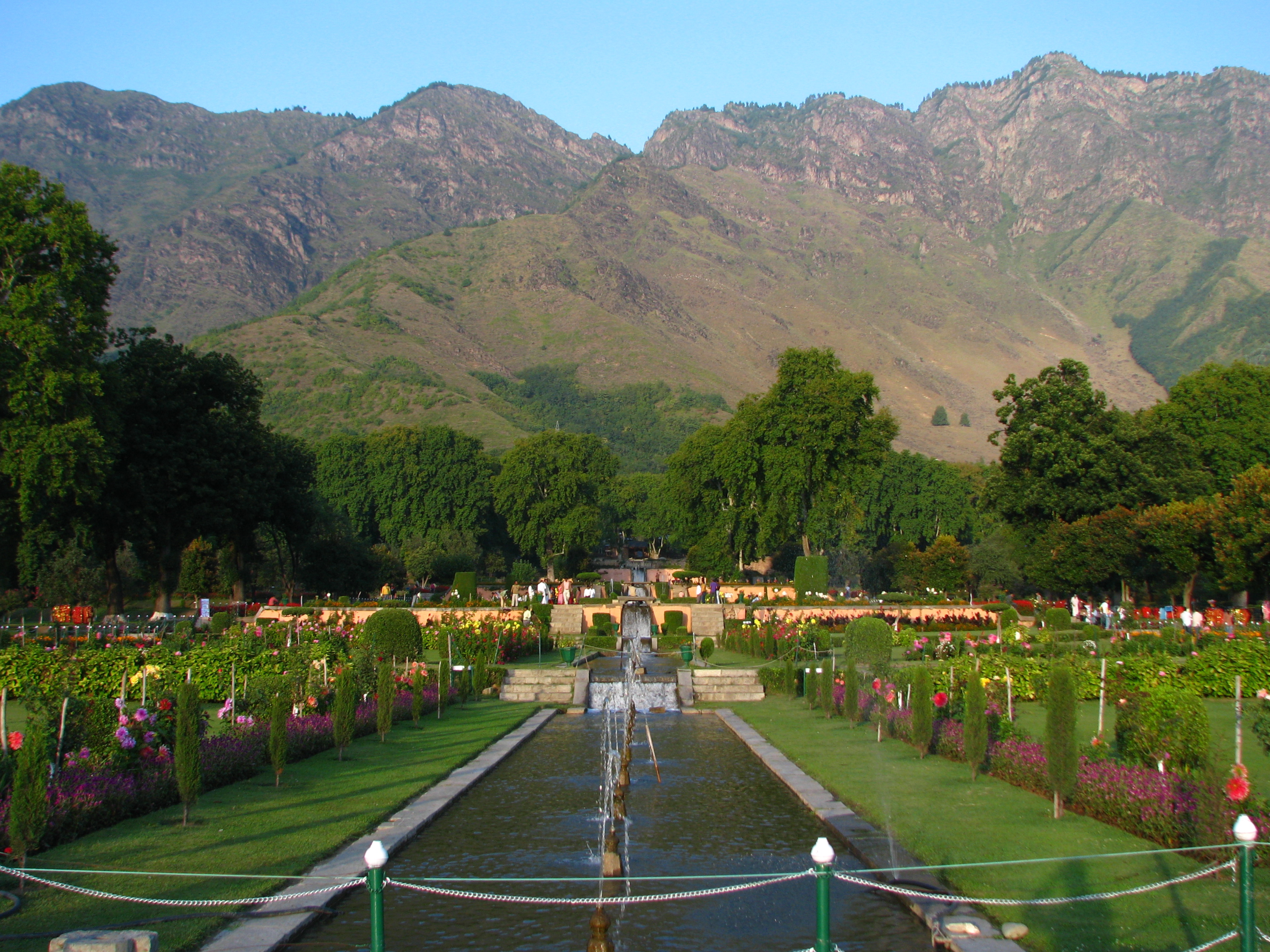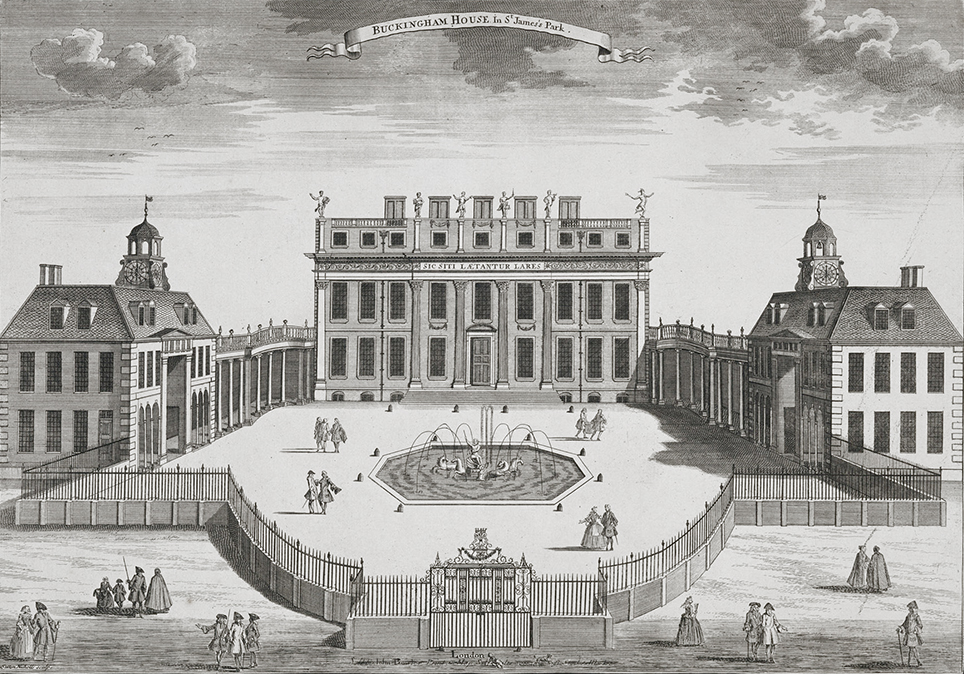|
Cecil Kaye
Lieutenant-Colonel Sir Cecil Kaye (27 May 1868 – 5 March 1935) was an officer in the British Indian Army. Biography Kaye was born in Madron, Cornwall, the son of William Kaye, of the Bengal Civil Service, and Jane Margaret (née Beckett). He came from a family with a strong tradition of seeking careers in the British civil or military service in India; he was a first cousin of the historian Sir John William Kaye.M.M. Kaye, ''The sun in the morning'', p. 21. Penguin, Harmondsworth, 1992. In 1889, after attending Winchester College, he was commissioned as a second lieutenant in the 2nd Battalion, Derbyshire Regiment,Popplewell (2014) receiving promotion to lieutenant on 1 November 1890. On 26 June 1892 Kaye was seconded for service with the Indian Staff Corps, later seeing active service at the North-West Frontier in 1897–1898, and being awarded the India Medal. He was promoted to captain on 6 March 1900, and served during the Boxer Rebellion in China in 1900–1901 ... [...More Info...] [...Related Items...] OR: [Wikipedia] [Google] [Baidu] |
Madron
Madron ( (village) or (parish)) is a civil parishes in England, civil parish and village in west Cornwall, England, United Kingdom. Madron is named after Saint Madern's Church. Its annual Trafalgar Service commemorating the death of Horatio Nelson, 1st Viscount Nelson, Vice Admiral Horatio Nelson was started on 27 October 1946, following a local tradition that his death was first announced on British soil in the Union Hotel, Penzance. Geography It is a large rural parish on the Penwith, Penwith peninsula north of Penzance, bounded by the parishes of Sancreed and St Just in Penwith, St Just to the west, by Zennor and Morvah to the north, by the sea and the Paul (civil parish), parish of Paul in the south and by the parishes of Gulval and Penzance to the east. Madron village is centred on an elevated site approximately two miles (3 km) northwest of Penzance town centre. The main villages and hamets are Tredinnick, Lower Ninnes, New Mill, Cornwall, New Mill, Newbridge, Corn ... [...More Info...] [...Related Items...] OR: [Wikipedia] [Google] [Baidu] |
Tianjin
Tianjin is a direct-administered municipality in North China, northern China on the shore of the Bohai Sea. It is one of the National Central City, nine national central cities, with a total population of 13,866,009 inhabitants at the time of the 2020 Chinese census. Its metropolitan area, which is made up of 12 central districts (other than Baodi District, Baodi, Jizhou District, Tianjin, Jizhou, Jinghai District, Jinghai and Ninghe District, Ninghe), was home to 11,165,706 inhabitants and is also the world's 29th-largest agglomeration (between Chengdu and Rio de Janeiro) and 11th-List of cities proper by population, most populous city proper. Tianjin is governed as one of the four municipalities (alongside Beijing, Shanghai, and Chongqing) under the direct-administered municipalities of China, direct administration of the State Council of the People's Republic of China, State Council of Government of China, China. The city borders Hebei Province and Beijing Municipality, bounded ... [...More Info...] [...Related Items...] OR: [Wikipedia] [Google] [Baidu] |
A & C Black
A & C Black is a British book publishing company, owned since 2002 by Bloomsbury Publishing. The company is noted for publishing ''Who's Who'' since 1849 and the ''Encyclopædia Britannica'' between 1827 and 1903. It offers a wide variety of books in fiction and nonfiction, and has published popular travel guides, novels, and science books. History The firm was founded in 1807 by Charles and Adam Black in Edinburgh. In 1851, the company purchased the copyrights to Sir Walter Scott's ''Waverly'' novels for £27,000. The company moved to the Soho district of London in 1889. During the years 1827–1903 the firm published the seventh, eighth and ninth editions of the ''Encyclopædia Britannica''. This was purchased from Archibald Constable after his company's failure to publish the seventh edition of the encyclopedia. Adam Black retired in 1870 due to his disapproval of his sons' extravagant plans for its ninth edition. This edition, however, would sell half a million sets and w ... [...More Info...] [...Related Items...] OR: [Wikipedia] [Google] [Baidu] |
Heart Attack
A myocardial infarction (MI), commonly known as a heart attack, occurs when Ischemia, blood flow decreases or stops in one of the coronary arteries of the heart, causing infarction (tissue death) to the heart muscle. The most common symptom is retrosternal Angina, chest pain or discomfort that classically radiates to the left shoulder, arm, or jaw. The pain may occasionally feel like heartburn. This is the dangerous type of acute coronary syndrome. Other symptoms may include shortness of breath, nausea, presyncope, feeling faint, a diaphoresis, cold sweat, Fatigue, feeling tired, and decreased level of consciousness. About 30% of people have atypical symptoms. Women more often present without chest pain and instead have neck pain, arm pain or feel tired. Among those over 75 years old, about 5% have had an MI with little or no history of symptoms. An MI may cause heart failure, an Cardiac arrhythmia, irregular heartbeat, cardiogenic shock or cardiac arrest. Most MIs occur d ... [...More Info...] [...Related Items...] OR: [Wikipedia] [Google] [Baidu] |
Srinagar
Srinagar (; ) is a city in Indian-administered Jammu and Kashmir in the disputed Kashmir region.The application of the term "administered" to the various regions of Kashmir and a mention of the Kashmir dispute is supported by the tertiary sources (a) through (d), reflecting due weight in the coverage. Although "controlled" and "held" are also applied neutrally to the names of the disputants or to the regions administered by them, as evidenced in sources (f) through (h) below, "held" is also considered politicised usage, as is the term "occupied," (see (i) below). (a) (subscription required) Quote: "Kashmir, region of the northwestern Indian subcontinent ... has been the subject of dispute between India and Pakistan since the partition of the Indian subcontinent in 1947. The northern and western portions are administered by Pakistan and comprise three areas: Azad Kashmir, Gilgit, and Baltistan, the last two being part of a territory called the Northern Areas. Administered ... [...More Info...] [...Related Items...] OR: [Wikipedia] [Google] [Baidu] |
Tonk State
Tonk was a princely state in India under the supervision of the Rajputana Agency of the British Raj. It was located primarily in the present-day Indian state of Rajasthan with small portions in Madhya Pradesh. The town of Tonk, which was the capital of the state, had a population of 273,201 in 1901. As a salute state, its ruler, styled the Nawab of Tonk, was granted a 17-gun salute. The state came to an end after the partition of India when the Nawab of Tonk acceded to India. At that time, it was the only princely state of Rajputana with a Muslim ruling dynasty. Its first ruler, Muhammad Amir Khan was originally granted the state by the Holkar dynasty in 1806. Tonk and the surrounding regions were captured from Jaipur State and rewarded to Amir Khan for his services. In 1817, after the Third Anglo-Maratha War, Amir Khan submitted to the British East India Company; the British acknowledged Amir Khan as the hereditary ruler of Tonk on the condition that he disbanded his army ... [...More Info...] [...Related Items...] OR: [Wikipedia] [Google] [Baidu] |
Bolsheviks
The Bolsheviks, led by Vladimir Lenin, were a radical Faction (political), faction of the Marxist Russian Social Democratic Labour Party (RSDLP) which split with the Mensheviks at the 2nd Congress of the Russian Social Democratic Labour Party, Second Party Congress in 1903. The Bolshevik party, formally established in 1912, seized power in Russia in the October Revolution of 1917, and was later renamed the Russian Communist Party, All-Union Communist Party, and ultimately the Communist Party of the Soviet Union. Its ideology, based on Leninism, Leninist and later Marxism–Leninism, Marxist–Leninist principles, became known as Bolshevism. The origin of the RSDLP split was Lenin's support for a smaller party of professional revolutionaries, as opposed to the Menshevik desire for a broad party membership. The influence of the factions fluctuated in the years up to 1912, when the RSDLP formally split in two. The political philosophy of the Bolsheviks was based on the Leninist pr ... [...More Info...] [...Related Items...] OR: [Wikipedia] [Google] [Baidu] |
Buckingham Palace
Buckingham Palace () is a royal official residence, residence in London, and the administrative headquarters of the monarch of the United Kingdom. Located in the City of Westminster, the palace is often at the centre of state occasions and royal hospitality. It has been a focal point for the British people at times of national rejoicing and mourning. Originally known as Buckingham House, the building at the core of today's palace was a large townhouse (Great Britain), townhouse built for the John Sheffield, 1st Duke of Buckingham and Normanby, Duke of Buckingham and Normanby in 1703 on a site that had been in private ownership for at least 150 years. It was acquired by George III in 1761 as a private residence for Charlotte of Mecklenburg-Strelitz, Queen Charlotte and became known as The Queen's House. During the 19th century it was enlarged by architects John Nash (architect), John Nash and Edward Blore, who constructed three wings around a central courtyard. Buckingham Pala ... [...More Info...] [...Related Items...] OR: [Wikipedia] [Google] [Baidu] |
Commander Of The Order Of The British Empire
The Most Excellent Order of the British Empire is a British order of chivalry, rewarding valuable service in a wide range of useful activities. It comprises five classes of awards across both civil and military divisions, the most senior two of which make the recipient either a Orders, decorations, and medals of the United Kingdom#Modern honours, knight if male or a dame (title), dame if female. There is also the related British Empire Medal, whose recipients are affiliated with the order, but are not members of it. The order was established on 4 June 1917 by King George V, who created the order to recognise 'such persons, male or female, as may have rendered or shall hereafter render important services to Our Empire'. Equal recognition was to be given for services rendered in the UK and overseas. Today, the majority of recipients are UK citizens, though a number of Commonwealth realms outside the UK continue to make appointments to the order. Honorary awards may be made to cit ... [...More Info...] [...Related Items...] OR: [Wikipedia] [Google] [Baidu] |
Companion Of The Order Of The Star Of India
The Most Exalted Order of the Star of India is an order of chivalry founded by Queen Victoria in 1861. The Order includes members of three classes: # Knight Grand Commander (GCSI) # Knight Commander ( KCSI) # Companion ( CSI) No appointments have been made since the 1948 New Year Honours, shortly after the Partition of India in 1947. Following the death in 2009 of the last surviving knight, the Tej Singh Prabhakar, Maharaja of Alwar, the order became dormant. The motto of the order was "Heaven's Light Our Guide". The Star of India emblem, the insignia of the order and the informal emblem of British India, was also used as the basis of a series of flags to represent the Indian Empire. The order was the fifth most senior British order of chivalry, following the Order of the Garter, Order of the Thistle, Order of St Patrick and Order of the Bath. It is the senior order of chivalry associated with the British Raj; junior to it is the Order of the Indian Empire, and there is ... [...More Info...] [...Related Items...] OR: [Wikipedia] [Google] [Baidu] |
Cryptographer
Cryptography, or cryptology (from "hidden, secret"; and ''graphein'', "to write", or '' -logia'', "study", respectively), is the practice and study of techniques for secure communication in the presence of adversarial behavior. More generally, cryptography is about constructing and analyzing protocols that prevent third parties or the public from reading private messages. Modern cryptography exists at the intersection of the disciplines of mathematics, computer science, information security, electrical engineering, digital signal processing, physics, and others. Core concepts related to information security ( data confidentiality, data integrity, authentication, and non-repudiation) are also central to cryptography. Practical applications of cryptography include electronic commerce, chip-based payment cards, digital currencies, computer passwords, and military communications. Cryptography prior to the modern age was effectively synonymous with encryption, convertin ... [...More Info...] [...Related Items...] OR: [Wikipedia] [Google] [Baidu] |







